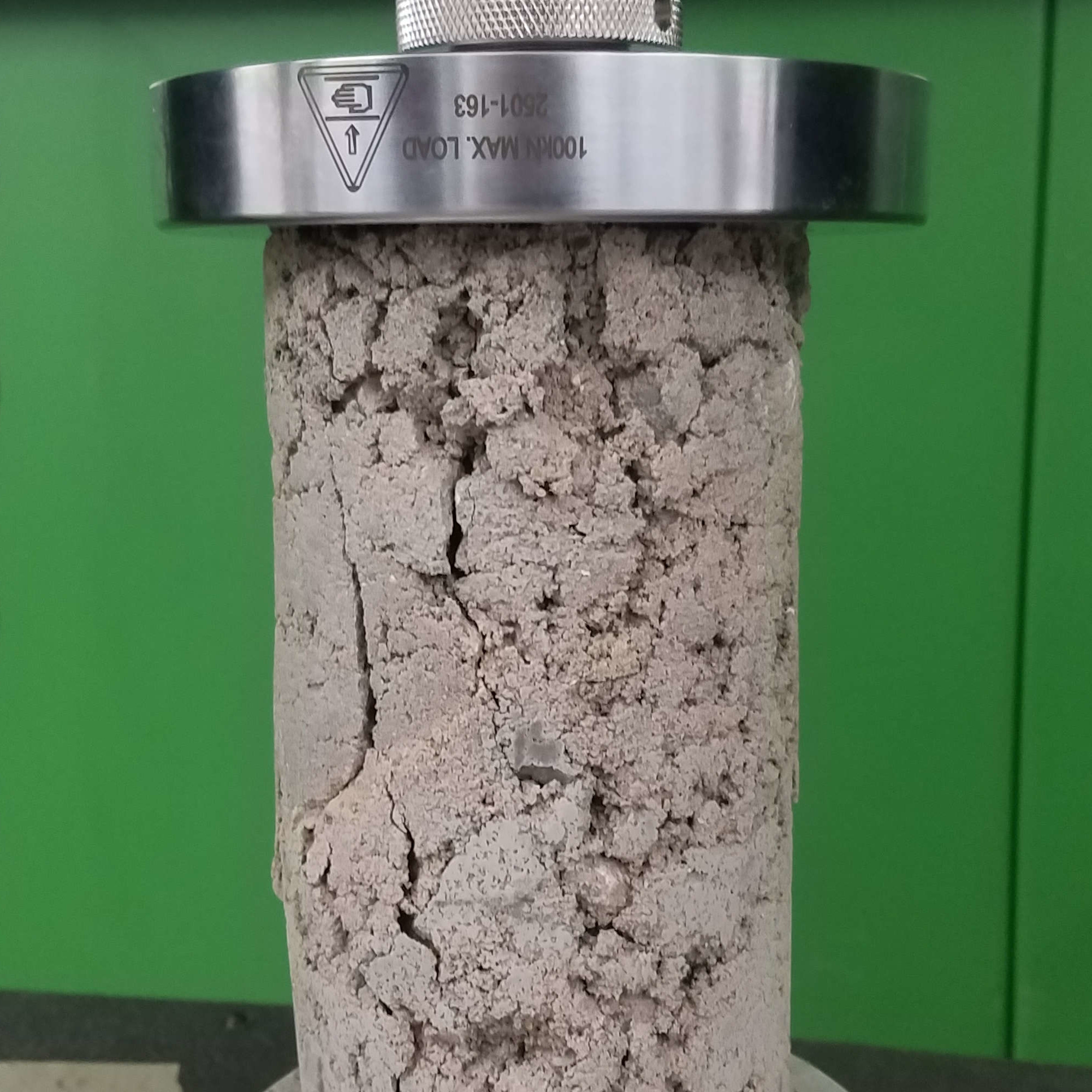Experimental Design
The goal of this course was to design and run novel and substantive experiments based on the cumulative learning of our undergraduate degrees. The difficulty in designing experiments was increased by limiting our experiments to not use existing equipment and machinery. So using the tensile tester, wind tunnel, or other standard lab equipment would result in missed marks. Therefore, it was our goal to not only design the experiments in such a way that we would get results, but also consider the creation of new equipment or processes for testing.
Experiment 1
In the first, one-variable experiment, my team designed an experiment for evaluating the amount of chalk needed to maximize grip on rocks. To do this, we applied increasing horizontal forces between a weighted rock and a skin simulant. What was determined, was that any amount of chalk actually acts a lubricant between the skin and the rock, reducing grip strength linearly. Our hypothesis as to why this was the result was that the skin simulant failed to account for the moisture produced while climbing, and that the real use for rock climbing chalk is it’s ability to reduce moisture between the hands and the rock. Experiment 1.
Experiment 2
In the second, two-variable experiment, my group designed an experiment to evaluate the efficacy of using a torque-predictor model meant for forged metal springs for plastic 3d printed springs of varying thicknesses and plastic types. It was determined that the plastic torsional springs did follow a linear relationship of torque vs displacement, but were off from the predicted values by a factor of 8.7. This is likely due to additional processes from 3D printing, and the interactions between layers. Experiment 2.
Experiment 3

For our third experiment, my group designed an experiment to determined the least expensive combination of concrete, aggregate, and sand for the creation of concrete that could meet minimum sidewalk standards. Our experiment used a full- factorial design of experiment (DOE) and were the first in the school to utilize the compression testing capabilities of one of the new Ingstrom machines. While the recipes that were successful were are very close, the team was able to make a final determination. Experiment 3.